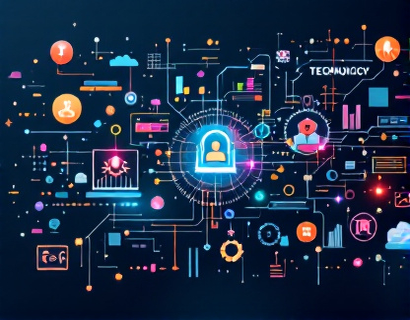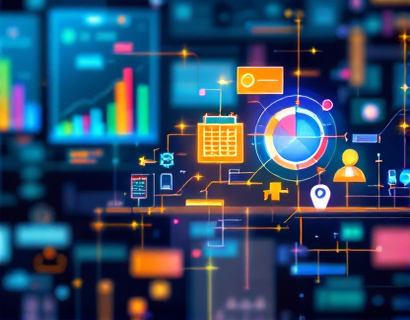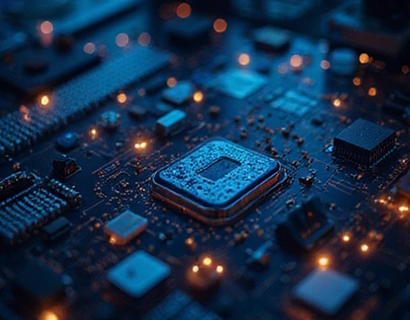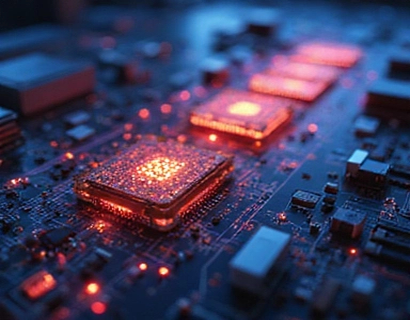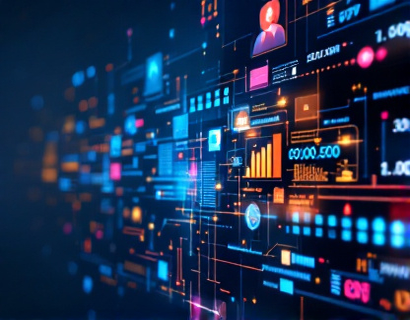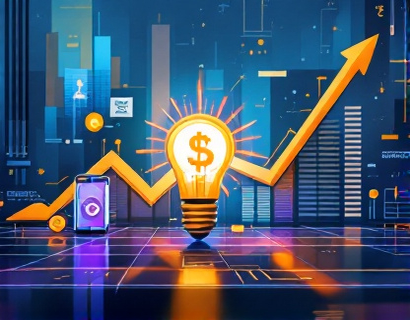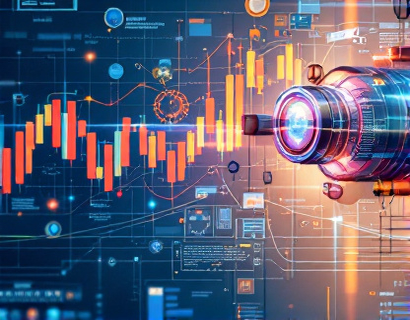Decentralized Excellence: Unleashing the Power of AI and Crypto for Next-Gen Digital Solutions
The intersection of artificial intelligence and cryptocurrency is giving birth to a new era of digital innovation, characterized by decentralized excellence. This fusion is not just a technological curiosity but a transformative force that is redefining how we interact with digital services and applications. As we delve into this revolutionary space, it's essential to understand the core components that drive this transformation and the profound impact it has on the digital landscape.
The Synergy of AI and Cryptocurrency
At the heart of this synergy lies the unique properties of both AI and cryptocurrency. AI, with its ability to process vast amounts of data, learn from patterns, and make intelligent decisions, brings a level of sophistication and efficiency to digital systems. Cryptocurrency, on the other hand, offers a decentralized, secure, and transparent means of transaction and value exchange. When combined, these technologies create a powerful toolkit for building decentralized applications and services that are both robust and user-centric.
The decentralized nature of cryptocurrency eliminates the need for intermediaries, reducing costs and increasing accessibility. This is particularly beneficial when integrated with AI, which requires significant computational resources and data privacy. The decentralized infrastructure provided by blockchain technology ensures that AI models can be trained and deployed without compromising user data or relying on centralized servers.
Decentralized Applications: The New Frontier
Decentralized applications, or dApps, are the forefront of this new digital era. Unlike traditional applications that run on centralized servers, dApps are built on blockchain networks, ensuring that they are transparent, secure, and resistant to censorship. The integration of AI into dApps enhances their functionality, making them smarter, more adaptive, and capable of providing personalized experiences to users.
One of the key advantages of dApps is their ability to operate without a central authority. This not only reduces the risk of single points of failure but also empowers users by giving them control over their data and interactions. For instance, a decentralized social media platform powered by AI can curate content based on user preferences without relying on centralized algorithms, ensuring a more authentic and diverse information feed.
Use Cases of Decentralized Applications
The potential applications of dApps are vast and varied. In the financial sector, decentralized lending platforms use AI to assess creditworthiness and automate loan processing, making financial services more accessible and efficient. In the healthcare domain, AI-driven dApps can analyze medical data to provide personalized treatment recommendations, all while ensuring patient data privacy through blockchain technology.
In the realm of supply chain management, decentralized tracking systems powered by AI can monitor and verify the authenticity and origin of products, reducing fraud and enhancing transparency. These applications not only improve operational efficiency but also build trust and reliability in digital transactions.
Enhancing User Engagement through AI and Crypto
The combination of AI and cryptocurrency is not only about building functional applications; it's also about creating engaging and rewarding user experiences. Blockchain-based reward systems, for example, can incentivize users to participate in various activities, from content creation to data sharing. AI can optimize these systems by analyzing user behavior and preferences, ensuring that rewards are meaningful and motivating.
Gaming is another area where the fusion of AI and crypto is making waves. Decentralized gaming platforms use blockchain to ensure fair play and reward players with cryptocurrency tokens. AI algorithms can create dynamic and adaptive game environments, providing a more immersive and personalized gaming experience. This not only increases user engagement but also opens up new revenue streams for developers and content creators.
Gamification and Incentives
Gamification, powered by AI and cryptocurrency, can transform mundane tasks into engaging experiences. For instance, a decentralized fitness app can use AI to track user progress and set personalized goals, while rewarding users with tokens for achieving milestones. These tokens can be redeemed for various benefits, such as access to premium content or discounts on related services, creating a virtuous cycle of engagement and value.
Moreover, the transparency and immutability of blockchain ensure that rewards are distributed fairly and transparently, building trust among users. This level of trust is crucial for the adoption and success of decentralized applications, as it fosters a community-driven ecosystem where users feel valued and empowered.
Challenges and Considerations
While the potential of AI and cryptocurrency in creating decentralized solutions is immense, there are several challenges and considerations that need to be addressed. One of the primary concerns is scalability. Blockchain networks, particularly those using proof-of-work consensus mechanisms, can struggle with high transaction volumes and slow processing times. However, the emergence of more efficient consensus algorithms and layer 2 solutions is addressing these issues, paving the way for broader adoption.
Another challenge is regulatory uncertainty. The decentralized nature of these technologies often operates outside traditional regulatory frameworks, leading to legal ambiguities. As the ecosystem matures, it's crucial for stakeholders to engage with regulators to create clear and supportive policies that foster innovation while protecting users.
Security is also a paramount concern. While blockchain is inherently secure, the smart contracts and decentralized applications built on top of it can have vulnerabilities. Rigorous testing, auditing, and best practices in development are essential to mitigate these risks. The community-driven approach of decentralized projects can also play a role in identifying and fixing security issues more rapidly.
Future Prospects
Looking ahead, the integration of AI and cryptocurrency is poised to drive even more innovative solutions. The development of AI-powered oracles, which bridge the gap between blockchain and external data sources, will enable more complex and intelligent dApps. These oracles can provide real-time data to AI models, enhancing their decision-making capabilities and expanding the range of possible applications.
Furthermore, the rise of decentralized finance (DeFi) and non-fungible tokens (NFTs) is demonstrating the versatility and potential of this fusion. DeFi platforms use AI to optimize trading strategies and risk management, while NFTs leverage blockchain to create unique digital assets with verifiable ownership. The synergy between AI and crypto in these areas is opening new frontiers in digital ownership and economic models.
The future also holds the promise of more user-centric platforms where AI-driven personalization meets decentralized autonomy. Imagine a digital ecosystem where users have full control over their data and interactions, with AI enhancing their experiences without compromising their privacy or security.
Conclusion
The convergence of AI and cryptocurrency is not just a technological trend but a fundamental shift in how we build and interact with digital systems. Decentralized excellence, driven by this fusion, is redefining the boundaries of what's possible in the digital world. For tech enthusiasts, early adopters, and anyone interested in the future of digital solutions, embracing this revolution is essential. By understanding and leveraging the power of AI and crypto, we can unlock new possibilities and create a more inclusive, secure, and innovative digital landscape.








